Forget the old choice of just glass or plastic, these days bottles come in different materials, shapes, designs, features, colours and sizes; with price tags that vary significantly.
When you see all the options, you might feel a little overwhelmed and worried about what one is right for your baby. We take a look at the different options to help break it down a bit:
Material
Plastic bottles are light and unbreakable. A few years ago there was concern about the use of BPA in infant plastics, but most sold today are “BPA-free” – make sure you select one that is. Plastic bottles can deteriorate over time, so throw them out if you notice the plastic turning cloudy.
Glass bottles are basically the opposite. They will last for a longer time, but they are more expensive, heavy and breakable, so if you’re on the clumsy side maybe they won’t last for that long! You can get silicone sleeves that slip over these and prevent them from breaking or shattering if dropped. Glass is often chosen by parents who prefer eco-friendly products or who are concerned about chemicals in plastics.
Size
Baby bottles are available in two sizes: 120ml (4 ounce) and 240 ml (8-9 ounce). Most babies will require the larger size by around four months of age. You can choose to use a smaller bottle and switch to a larger bottle when your baby reaches that stage, or use larger bottles from the start.
Shape, design and features
- Standard bottle: These are narrow, cylindrical bottles. They are the cheapest and most commonly used of all infant feeding bottles. You can buy these plain, coloured or decorated.
- Wide-necked bottle: These can make it easier to get powdered formula into the bottle. However, you will be restricted to using a matching broad-based nipple/teat.
- Angle-necked bottle: These have a bend in the bottle so milk collects in the nipple/ teat.
- Vented bottle: These have vent that looks like a straw inside the bottle which allows air to enter the bottle while the baby is feeding.
- Bottles with disposable liners: These contain a plastic, disposable inner pouch or liner that encloses milk. The liner collapses as the baby removes the milk.
- Heat-sensitive bottles: These have an in-built temperature sensor which changes colour if the milk is too hot.
- Self-sterilising bottles: These enable you to forgo separate sterilising equipment. You simply pour water into the base and microwave for 3 minutes to sterilise.
- Bottle sets: These have additional attachments such as handles and trainer spouts, which can be fitted to the bottle when your baby reaches the appropriate stage.
- Shaped bottles: Plastic can be molded in many different shapes. Some bottles are designed for the baby to hold. Depending on the shape these can be difficult to clean.
In the end
No matter how impressive a bottle might appear with “all the latest features and benefits”, there doesn’t appear to be any clear winner in the best-bottle race. The nipple/teat that you choose to use with the bottle is far more likely to affect your baby’s feeding, and this will come down to your baby’s choice/feeding method. You may need to fine tune your technique until you find one that works.

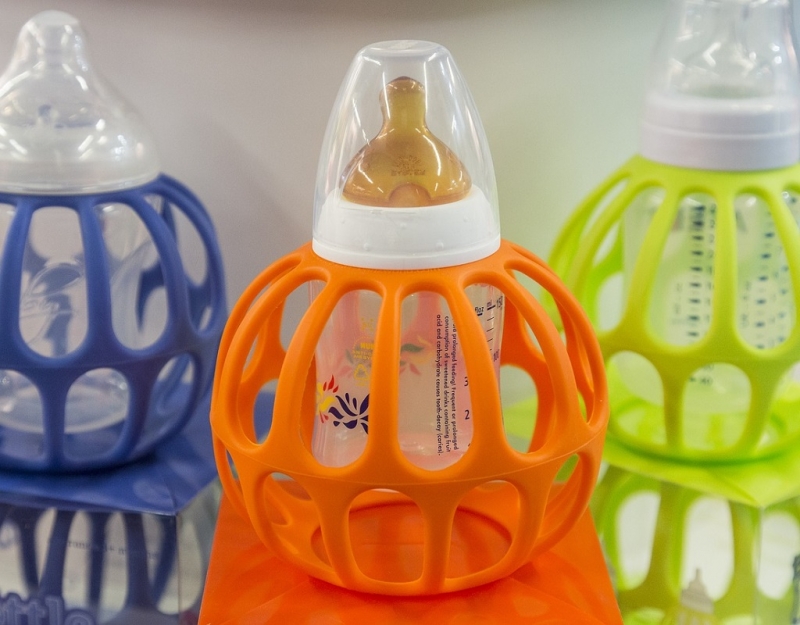

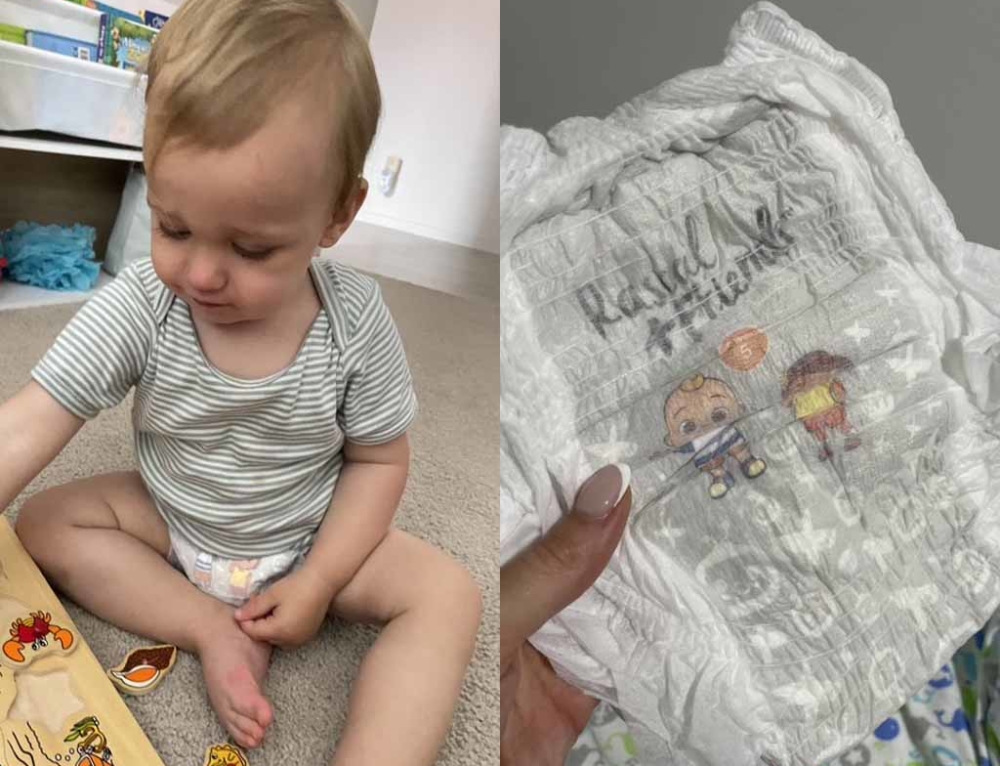
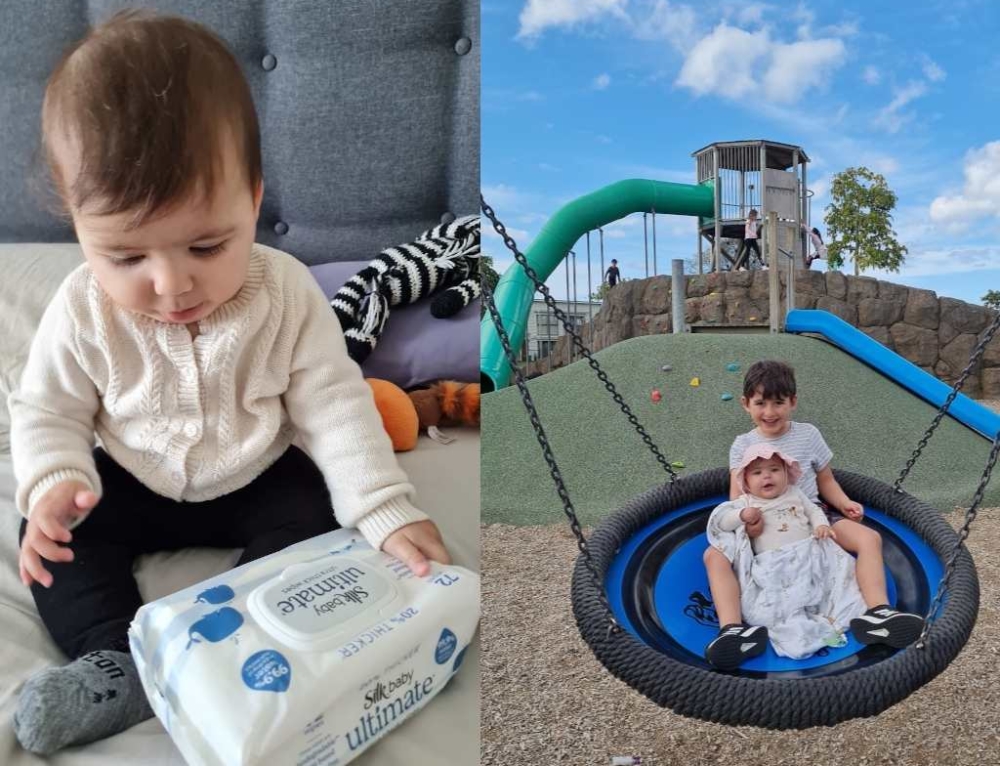
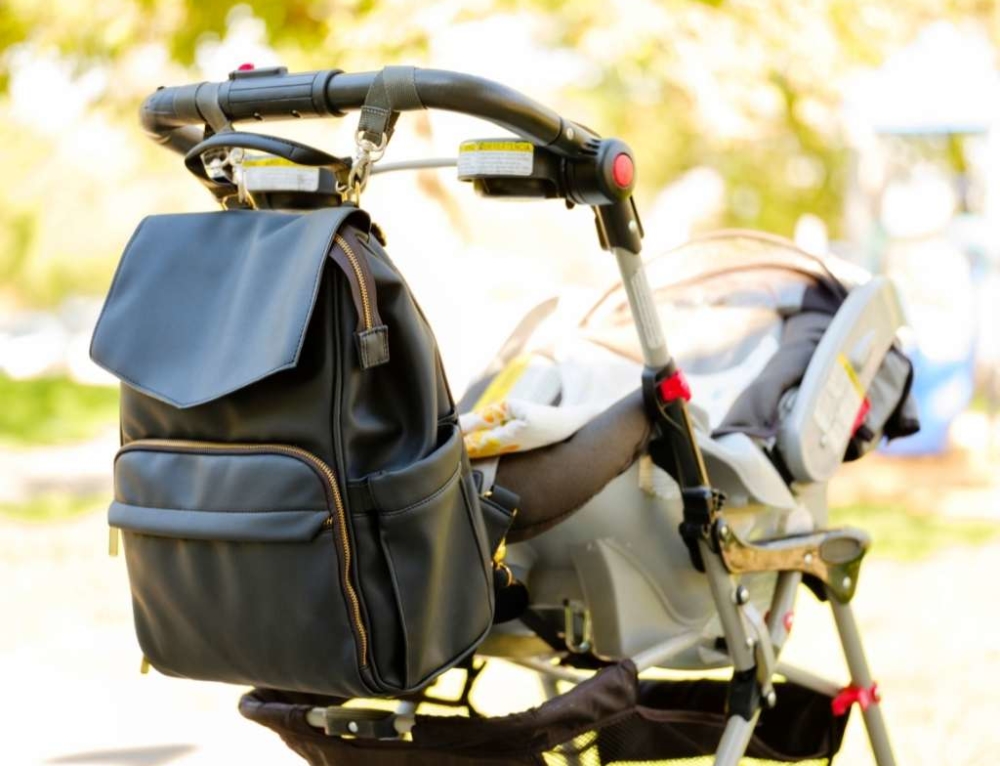
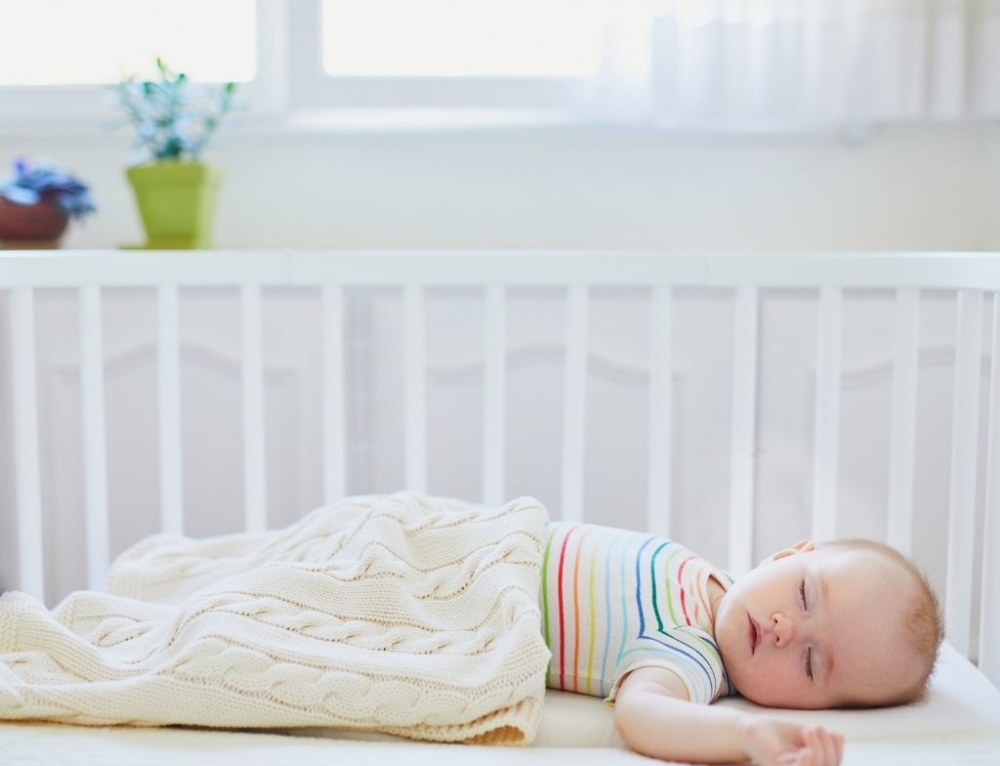
Leave A Comment
You must be logged in to post a comment.